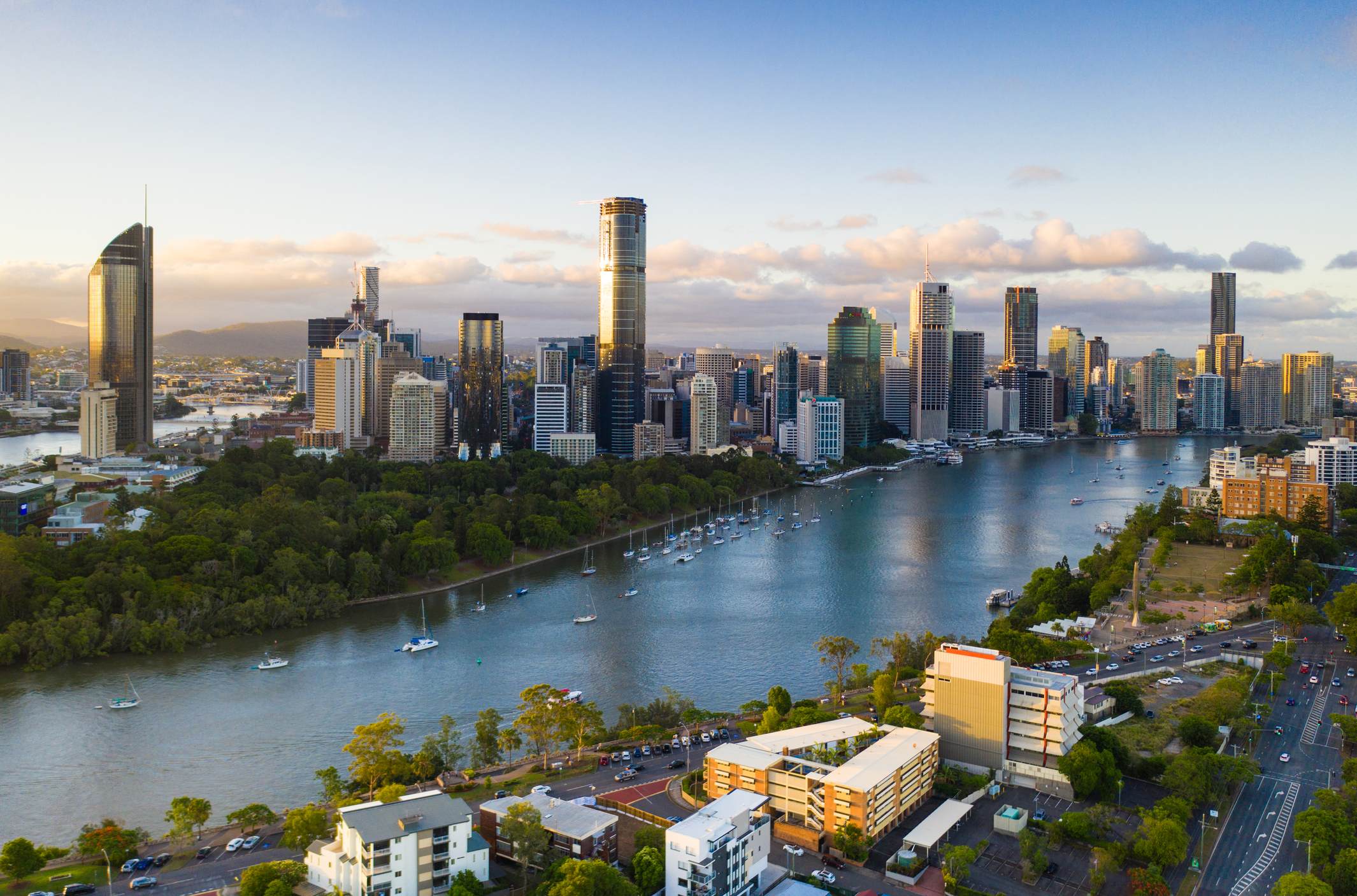Brisbane and QLD property market update - May 2020
Brisbane is often touted as being one of the most stable real estate markets in the country due to its popularity with investors and interstate migrants.
But with today’s market being clouded with high levels of uncertainty due to Covid-19, how will Brisbane and Queensland property markets fare in the future? Will they continue on a stable growth trajectory, or will they begin to decline?
We aim to answer some of those questions below by taking a look at how the property market performed in May, and what we might expect moving forward.
How has the Queensland and Brisbane property market been tracking?

Brisbane property prices
Houses
$559,975
Monthly change: 0.0%
Units
$388,894
Monthly change: -0.6%
In the latest CoreLogic home value index, Brisbane dwelling values have decreased by -0.1% over the month. However, over the quarter there’s been an increase of 1.1% and on an annual basis, dwelling values have posted an increase of 14.3%. The current median value for a property in Brisbane is $508,386.
Although Brisbane has recorded a small decrease in dwelling values in May, its reputation as a relatively stable market still holds true.
Although Brisbane has recorded a small decrease in dwelling values in May, its reputation as a relatively stable market still holds true. The decrease we see in Brisbane is the smallest compared to other capital cities where growth also declined. Melbourne, for example, recorded the largest falls over the month, down 0.9% in May. It was also the capital city where growth declined the most in April.
When we dive deeper into what kinds of dwellings have decreased in value the most, that would be Brisbane’s units, which posted a fall of -0.6% over the month. Houses, on the other hand, didn’t grow in value, or decline, posting 0.0% for May.
Regional Queensland property prices
Houses
$392,383
Monthly change: 0.0%
Units
$367,222
Monthly change: +0.3%
In May, combined dwelling values in regional Queensland stayed stable at 0.0%. In the past quarter, values have increased by 1.1% and over the past 12 months by 4.6%. The current median value of regional properties is now $384,977.
In terms of how different dwelling types performed. Houses had no growth, and no declines, posting 0.0% for the month. The current median value for houses in regional Queensland is $392,383. Units in regional Queensland, on the other hand, increased in value by 0.3% over the May, bringing the median value to $367,222.
“Consumer spirits have lifted, vendors are starting to test the market and buyer numbers have risen,” said Mr Lawless from CoreLogic.
Brisbane and Queensland rental market upate
In every capital city except Perth, there has been a fall in rents over the past two months.
“With a large amount of new inner-city, high-rise apartment projects recently completed, and stalled migration and foreign student arrivals, inner city unit rents are likely to fall more substantially than other sectors of the market.
“The weakness in rental demand is likely to be compounded by significant job losses and income reductions across the hospitality, tourism and arts sectors, in which a larger portion of workers typically rent,” said Mr Lawless.
For Brisbane, the change in rents declined by -0.4% for houses, and -0.6% for units. For regional Queenslannd, the change in rents stayed the same for houses, and declined by -0.1% for units.
Rental yields for regional Queensland sit at 5.2%. The national gross rental yield sits at 3.7%.
How will Covid-19 affect the Brisbane and Queensland property market. What should we expect for the months ahead?
While Queensland has been one of the more relatively stable states, it has lost its growth momentum and according to CoreLogic, the longer term outlook for markets like this remains highly uncertain.
“Housing values could come under some additional downwards pressure if economic conditions haven’t picked up towards the end of the year,” said Tim Lawless.
“Eventually government stimulus will wind back and borrower repayment holidays will expire. In the absence of these policies, housing values could come under some additional downwards pressure if economic conditions haven’t picked up towards the end of the year,” said Tim Lawless from CoreLogic.
“While downside risk remains, the trajectory of the housing market is looking healthier than what we were expecting a bit over a month ago.
“The virus curve has been flattened more quickly and effectively than even the best case scenario forecasts, meaning some of the most restrictive policy settings have been either lifted or relaxed.
“Consumer spirits have lifted, vendors are starting to test the market and buyer numbers have risen,” Mr Lawless said.
On top of this, auction clearance rates are improving in line with easing restrictions. On a combined capital city level CoreLogic has reported that clearance rates bounced back from 30.2% in late April to 62.7% in late May.
“More vendors are testing the market under auction conditions rather than accepting an offer prior to auction,” said Mr Lawless.
“We are seeing a sharp reduction in the number of auctions being withdrawn, and more vendors are testing the market under auction conditions rather than accepting an offer prior to auction,” said Mr Lawless.
Restrictions are easing further as well, with the number of people allowed at auctions and open homes changing from June 1st. That number has been lifted from 10 people up to 20, off the back of data showing no new cases of Covid-19 have been reported, leaving only five active cases of the virus in Queensland.
Travel bans within the state have eased, and the expectation is that restrictions upon personal movement will continue to ease if we can continue to control the spread of Covid-19. One would think that these positive milestones will go a long way into restoring the sentiment of Queensland consumers. Only time will tell.








